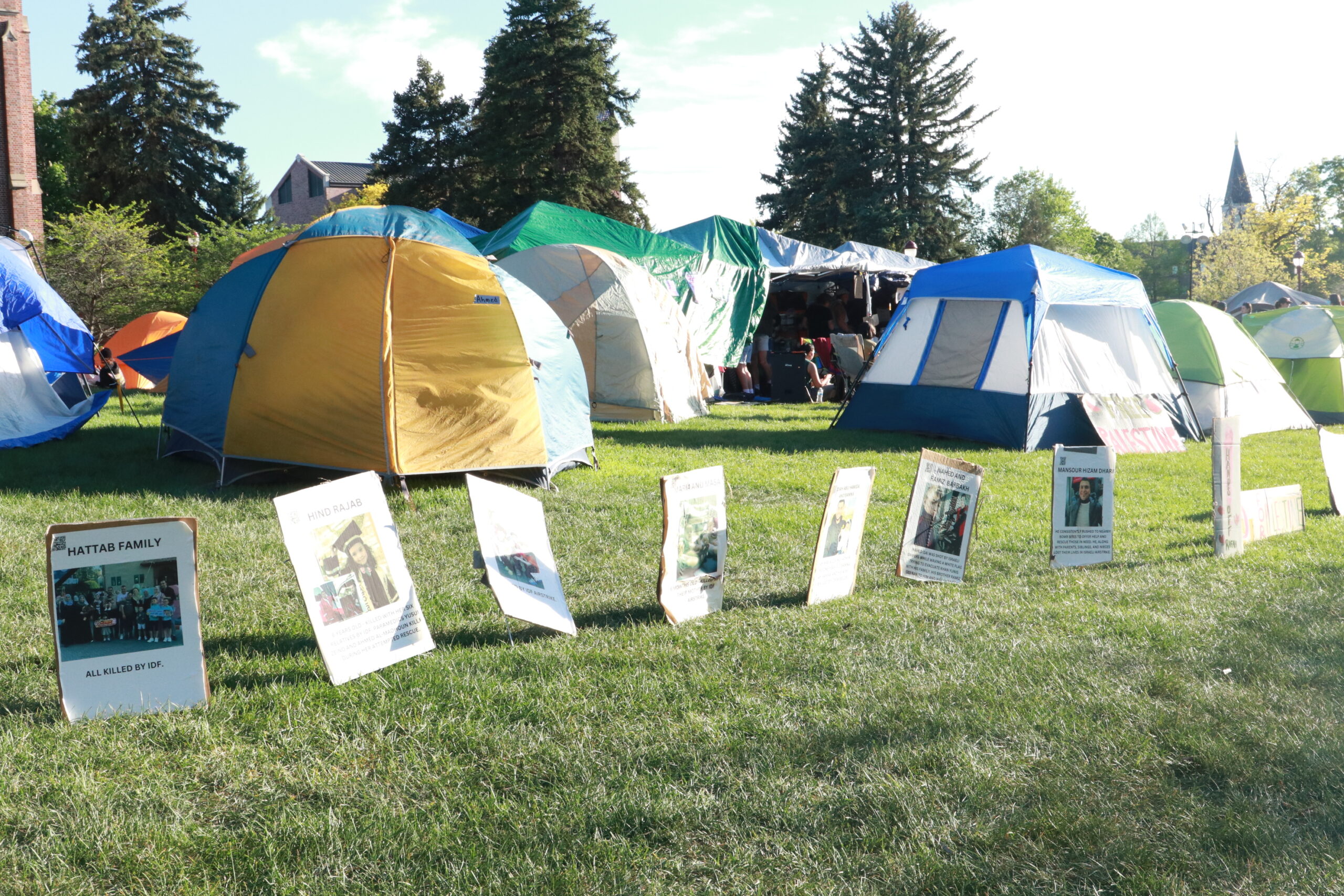“I try to keep as active as I can. I believe that the more I can use my joints, even though they are stiff, the better. I need to get my blood flowing,” said Katherine Ruffatto, a bright-eyed, curly haired and stylish 20-something. A 2005 graduate from DU with a degree in biology with minors in chemistry and communications, she is teaching yoga and Pilates at the Ritchie Center and maybe one day at LEP. Ruffatto, who lives with lupus and was a part of LEP when she attended DU, says this is just one way she gives back to the program.
Ruffatto’s parents recently announced their $5 million gift to the Learning Effectiveness Program for its new joint building with the School of Education. It was a decision that Ruffatto and her parents decided on together.
“I think they wanted to do something to show how much it meant to me,” said Ruffatto. “It will be a great building, and LEP will have its own special floor.”
Lupus is an autoimmune disorder where the body “thinks everything is foreign,” explained Ruffatto, and “attacks everything.” Lupus is a hard disease to diagnose because it mimics other diseases. In fact, it was only after being diagnosed with a host of other diseases from lymphomic cancer to porphyria, a “horrible” liver disease, to MS that, at age 14, Ruffatto was finally diagnosed with Lupus.
“They kept taking me to pediatricians, and they kept saying different things. I got really sick the summer after eighth grade, and they thought I had cancer. They finally took me to National Jewish Hospital, and they diagnosed me wit having lupus,” said Ruffatto. “My grandmother and mother both have lupus.”
Lupus affects people differently, from very severe cases where people rarely leave the hospital to relatively low interference with daily life. She describes hers as a medium case.
While the cause of lupus is not known, it is possible that it is hereditary, and it appears to get worse in every generation.
After being diagnosed with lupus, high school in the traditional sense became impossible.
“Being in class every day all day was too much,” said Ruffatto. “I had tutors for a couple of years and then my mom asked why I didn’t just graduate and take the ACT and apply to DU.”
Selling DU on the plan was a little harder as she was just 16 and had never attended high school but eventually the school agreed as long as she joined LEP; this turned out to be the best decision for her. Traditionally, LEP is for students with learning disabilities, but this potential stigma did not faze Ruffatto.
“I didn’t really care. I had friends with learning disabilities. It was nice to have Ted [May, the director] if I had a problem,” said Ruffatto. “I didn’t use it as much as other students. I did use the tutoring and the extended test times. It was great to have so I could take the test in other places.”
The real fight came when it came time to decide whether or not to live in the dorms. When she started at DU, she had just turned 17.
“My dad was like, ‘No way you aren’t living in the dorms.’ But I wanted to have the college experience, and the dorm was part of it. The kids were nice and many didn’t know, and those who did thought it was funny. I rushed a sorority,” said Ruffatto. “I had a roommate, which was hard because I got sick and I eventually had my own room.”
Living in the dorm and joining the sorority AGD helped her maintain a community of friends on campus despite many quarters off due to illness.
She will be a bridesmaid in her best friend from DU’s wedding this coming summer.
Ruffatto started at DU in 1998 and graduated in 2005. Also, she was unable to take more than two or three classes a quarter. But she did all the things that other students did. She went out and went to parties, just less than her friends, she freely admits. And even though she never really drank, due to her medications, she had a fake ID. For Mother’s Day a few years ago she framed it and gave it to her mother. She even tried to study abroad.
“I almost died in Australia. I had been there for two or three weeks when I got really sick and ended up in the hospital. They couldn’t figure out what was wrong with me. They brought in a whole infectious disease team who came in and just looked at me. Eventually, someone said, ‘I think she has the chicken pox.’ No one believed him, but they did a biopsy and it was chicken pox,” said Ruffatto. She had the chicken pox all down the inside of her throat and stomach. She said it felt like her body was on fire. “It is a funny story now. My mom still doesn’t like Australia.”
Biology and chemistry are well known majors for their rigor. And her majoring in biology was a fluke in itself. During high school, she “hated science.” While she was taking her campus tour with her mom, they went to see Olin Hall and she remarked to her mom that “she would never be in this building again.” But when she took NATS over one summer she “fell in love.”
“There were some quarters that were really difficult,” said Ruffatto, but most professors were understanding of her situation. “There were a few that were really difficult. It is hard because if they haven’t lived with it, they couldn’t understand. I would pull Ted in to help with these problems. People would be like you are so fit you look so healthy; your cheeks are rosy!”
For the record, rosy cheeks for someone with lupus is a bad thing. Usually it is caused by a rash.
Ruffatto is currently taking about seven different medications daily, but she stays active even though her doctors are worried about her kidneys. She intends to open her own yoga and Pilate’s studio in the future.
This is sure to happen if her history is any indication. In high school she rode horses competitively and it was her goal to make it to Madison Square Garden. It was the thing “that got me out of bed in the morning.” In 1997 she accomplished this goal and moved on to college. Now she has graduated college, and I am sure the studio isn’t far in the future.











